Introduction
The air around us is constantly changing, and that can cause problems for our health. For example, if you have allergies or are suffering from a respiratory condition such as asthma, your ability to breathe comfortably could be affected by the levels of pollution in your home. With that in mind, it makes sense to look at how you can combat this problem in order to improve your quality of life. The answer is simple: get an air purifier! However, there are many different types available on the market today, so we’re here to help sort through all of them so that you can choose the one that’s right for you.
Who invented air purifier?
Originating in the early 19th century with the Dean brothers, air purifiers have been helping clean the air in homes and businesses for centuries
Air purifiers are a type of air cleaning device that removes dust and other particulates from the air. The concept originated from firefighting purposes, and in 1823, John and Charles Dean invented a new type of smoke guard for chimneys.
In 1854, John Stenhouse, a Scottish physician, added charcoal to the air filter to filter out harmful substances like smoke particulates and gas.!
Later in the 1930s, scientist Pierre Sterne developed his own method for removing unwanted particles from the air we breathe: ionization. This technology works by adding an electric charge to water droplets suspended in the air; when these droplets touch an object like dust or pollen they become negatively charged and stick to it instead of floating around freely anymore!
The Four stages of air purifier development are currently classified
The five stages of air purifier development are currently classified as follows:
In the first generation of air purifiers, filters, adsorption and treatment of impurities, etc. can be designed according to physical characteristics, but cannot eliminate odor, pathogenic bacteria, viruses, microorganisms and air pollution caused by decoration or decoration indoors.
Second generation product air purifiers are based on the physical properties of the first-generation product, adding electrostatic dust removal and other functions. This multifunctional purifier can not only eliminate smoke and dust, but also has the functions of disinfection, sterilization, deodorization and deodorization, and elimination of harmful gases such as carbon monoxide.
This device is a third generation of air purifiers using molecular complexing technology, which injects toxic gases into water, and through complexing agents, promotes the complexation of toxic gas molecules and dissolves them in water to achieve the purpose of air purification. It has been tested in the 2000s by the United States Department of Defense military facilities and laboratories and obtained good results in testing. This device can be widely used in industrial enterprises, military bases, airports and hospitals.
Fourth-generation air purifiers are a new generation of products that use the newest technologies, such as room temperature catalytic technology, low temperature plasma technology and photocatalysis.
How An Air Purifier Works
Air purifiers work by removing particles from the air. Here are the top four technologies that help to do this:
HEPA filters trap the smallest particles, ultimately protecting your lungs and respiratory system.
Carbon filters are like HEPA filters but smaller in size; they remove odors and gases from your environment.
Ionizers neutralize airborne chemicals while also removing dust, smoke and pollen from your home's air supply. This is helpful if you have allergies or chemical sensitivities to consider—but note that ionizers can be harmful to people with pacemakers or other medical conditions!
UV light disinfects germs and viruses through a process called photodynamic therapy (PDT). PDT is an innovative technology that uses both visible light (to enable healing) and ultraviolet rays (to kill harmful pathogens). It's great for those who want something more than just an air filter but don't want anything too technical either.
Carbon air purifiers remove pollutants from the air by trapping them within their pores.
Carbon filters are very effective at removing odors, gases, and chemicals.
They are usually made of charcoal or other carbon-based materials.
Carbon air purifiers can be used to remove formaldehyde from the air.
The type of filter used varies depending on the model and brand.
Air purifiers come in all shapes and sizes, but there are a few common types. The type of filter used varies depending on the model and brand.
Carbon filters are usually found in smaller units that have limited space for various components. These filters help remove odors and other gases from the air by trapping them inside carbon granules. These granules can be washed out of their container periodically to release trapped impurities into something you can dispose of in an environmentally friendly way, such as composting or recycling them back into another product. HEPA (high-efficiency particulate arresting) filters work like carbon ones but with one very important difference: They remove 99% of dust particles from indoor air at .3 microns in diameter or larger (1/30th the width of a human hair). HEPA air cleaners need to be cleaned periodically so they don't become clogged up with dust or debris, which prevents them from performing optimally when it comes time for cleaning duties again down the road!
Ionizers change ions into positive ions via ultraviolet light exposure; these act as tiny magnets attracting both airborne dirt particles onto itself before releasing them back into circulation after being cleaned off thanks largely due its electrostatic properties which attract dirt particles even more strongly than regular static electricity does without damaging surfaces touched during normal use situations (e.,g; clothing fabrics). Ozone generators use UV light combined with oxygen molecules while running continuously through an ozone generator chamber where they combine together forming O3 molecules which kill bacteria causing viruses such as flu virus symptoms like coughing difficulty breathing etc..
A HEPA filter is generally used for filtering air as it is capable of removing 99.7% of contaminants from the air, helping people with breathing difficulties or allergies to have a better chance at breathing comfortably.
HEPA filters are generally used for filtering air as they are capable of removing 99.7% of contaminants from the air, helping people with breathing difficulties or allergies to have a better chance at breathing comfortably. Without HEPA filters, these pollutants can be drawn into your lungs and cause respiratory problems over time. A HEPA filter will trap and remove all sorts of airborne particles from your home or office space, which is why it's so important to have one installed in your purifier.
Ionizers work by releasing charged ions into the atmosphere.
Ionizers work by releasing charged ions into the atmosphere. These ions attract pollutants, smoke particles, odors and other airborne contaminants.
Ionizers are good for reducing odors. If you need to deodorize a room quickly, an ionizer is the perfect choice for you. They do this by producing negatively charged particles that attach themselves to odor molecules in order to neutralize them so they no longer produce foul smells when they decompose later on down the line
Ionizers can be used to kill bacteria and viruses before you breathe them in – making them ideal for those with respiratory issues or allergies who want cleaner air without having to spend hundreds of dollars on expensive vacuums or other products designed specifically for cleaning up dust mites & pollen from carpets (etc).
This neutralizes particles in the air, causing them to fall to the ground.
This neutralizes particles in the air, causing them to fall to the ground.
Ionizers are effective at reducing dust particles, however they can only be used effectively in small spaces. These units also need to be cleaned from time to time as they can become clogged up with debris over time. It’s important not to use an ionizer in areas that have high humidity or water as it could cause an electrical shock or even damage your unit if left unplugged for too long after cleaning.
UV light is a well-known disinfectant, helping to reduce bacteria, viruses and fungi in the atmosphere.
UV light is a well-known disinfectant, helping to reduce bacteria, viruses and fungi in the atmosphere. It’s used to purify water; it’s also used to sterilize medical equipment. And that same UV light is being applied to air purifiers today.
Air purifiers with ultraviolet (UV) light technology help you breathe cleaner air by killing airborne microorganisms like household dust mites as well as mold spores and germs from pets or people who have been around your home recently.
UV lights kill harmful airborne microbes on contact—no chemicals involved! While most air purifiers use HEPA filters for their effectiveness against allergens like pollen and dust mites, UV-C lamps are able to eliminate both bacteria and viruses that get through these filters by destroying them before they settle onto surfaces around your home or office.* And unlike other types of sanitizers such as ozone generators which can cause irritation if used improperly, this type isn't harmful when properly contained within an appliance designed specifically for its use."
There are several different types of purifiers available for those looking for better indoor air quality
There are several different types of purifiers available for those looking for better indoor air quality. The most common type is HEPA filters, which trap 99% of particles as small as 0.3 microns in size. These filtration systems can be found in all kinds of homes and workplaces, and are typically installed in the walls or floors of a room to provide all-encompassing coverage.
Carbon filters work similarly to their HEPA counterpart but rely on a different mechanism: they use activated carbon granules to absorb odors and chemicals from the air before it passes through an outlet vent or fan system. These are more effective at removing certain chemicals from the air than HEPA filters—but not so much dust or pollen.
Ionizers use electric fields to create ions that bond with pollutants like dust mites (which carry allergens), bacteria, viruses and mold spores; these devices are usually placed near an HVAC unit so they have direct access to warm air coming out of vents (making them ideal for large areas).
Finally there's UV light technology which uses ultraviolet light waves (that humans cannot see) to destroy biological contaminants such as viruses, bacteria and mold spores; since UV rays don't emit heat like electronic ionizers do there's no risk of overheating sensitive electronics/electrical equipment nearby
Conclusion
Air purifiers are a great way to improve the quality of the air in your home or office, but they aren’t all created equal. If you have allergies or asthma, then an HEPA filter is probably right for you. If not, then consider investing in an ionizer instead since these machines can also remove odors from unwanted particles while adding freshness back into the atmosphere. UV lights are another option if there’s something specific that needs killing off immediately like mold spores or dust mites which could cause allergic reactions later on down the line if left unchecked

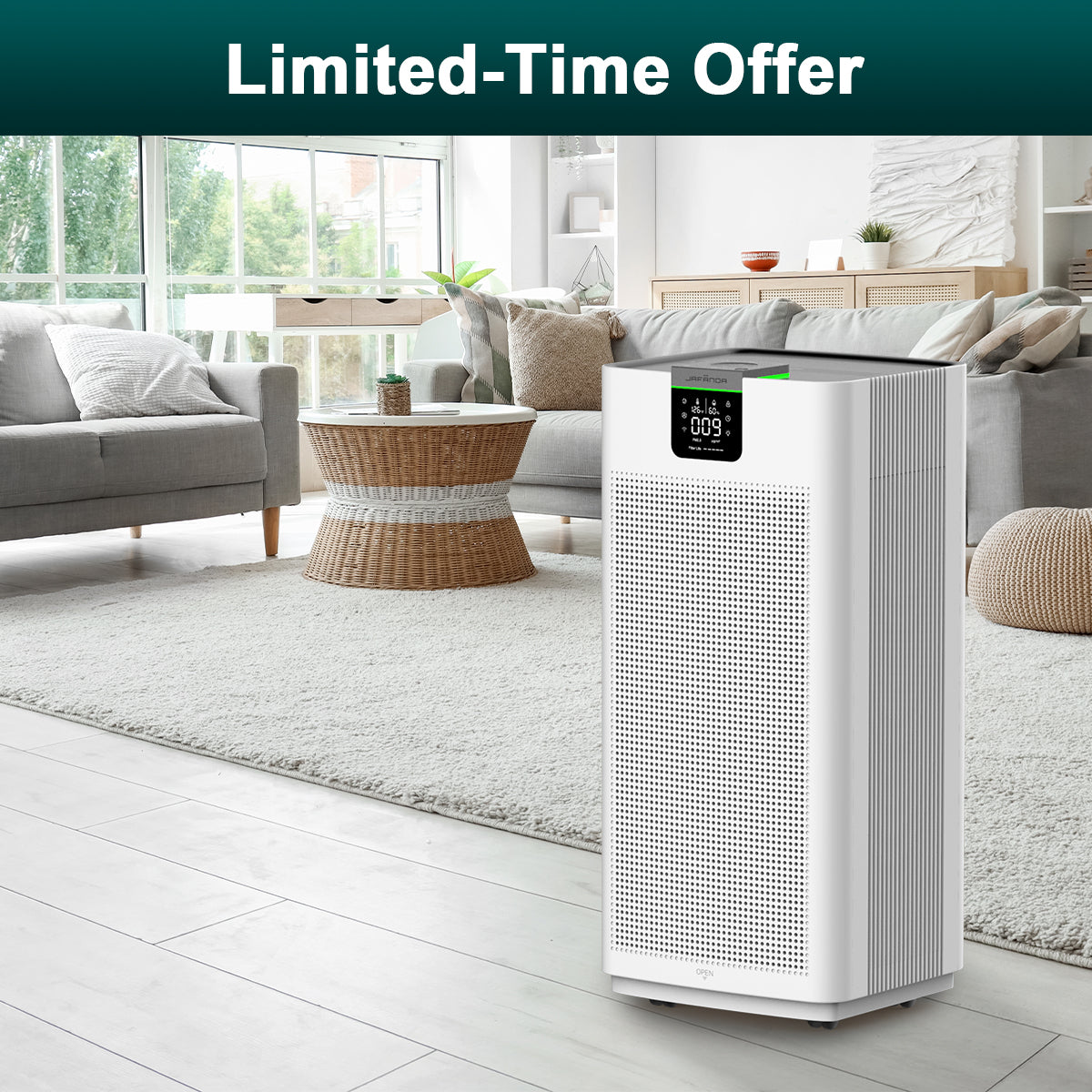
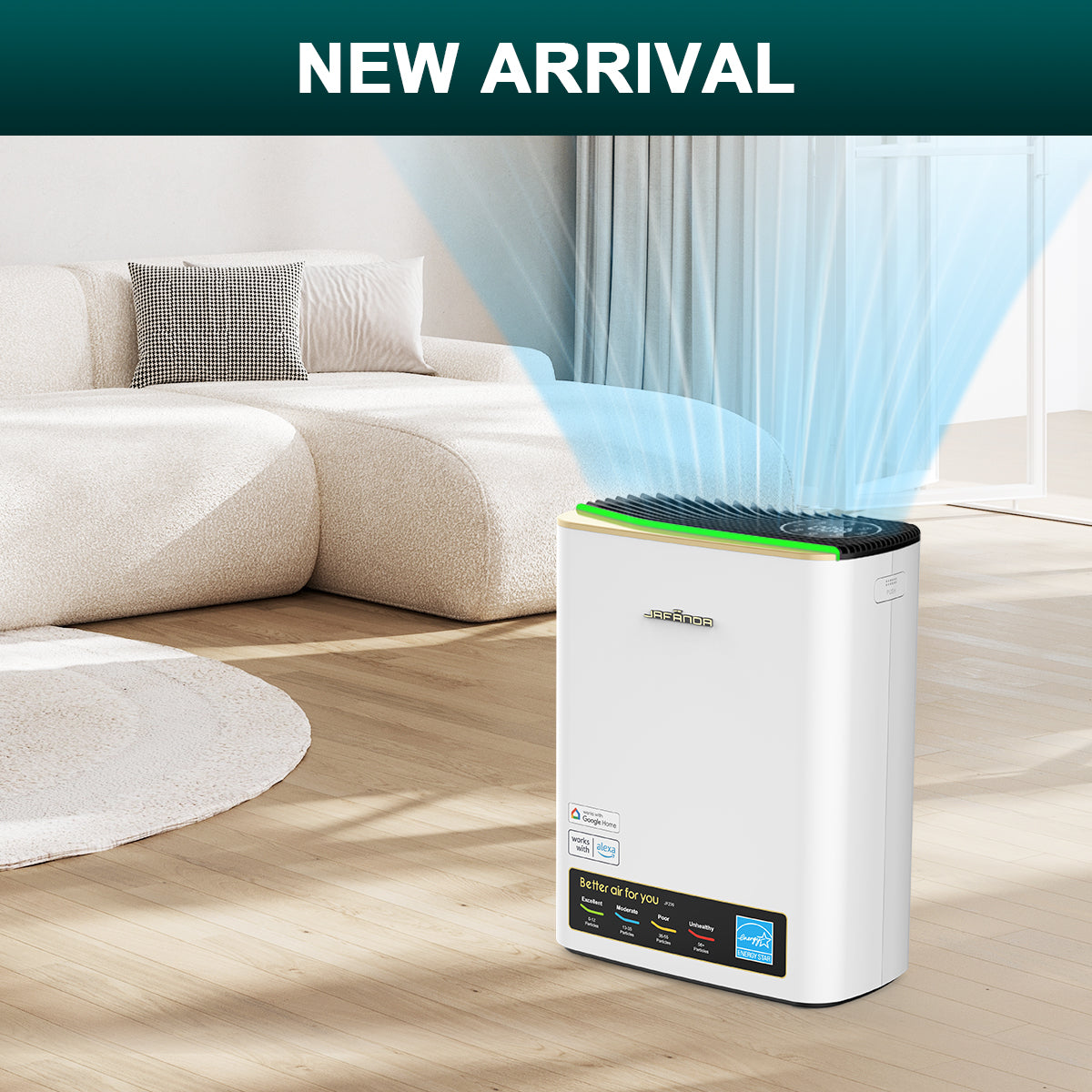
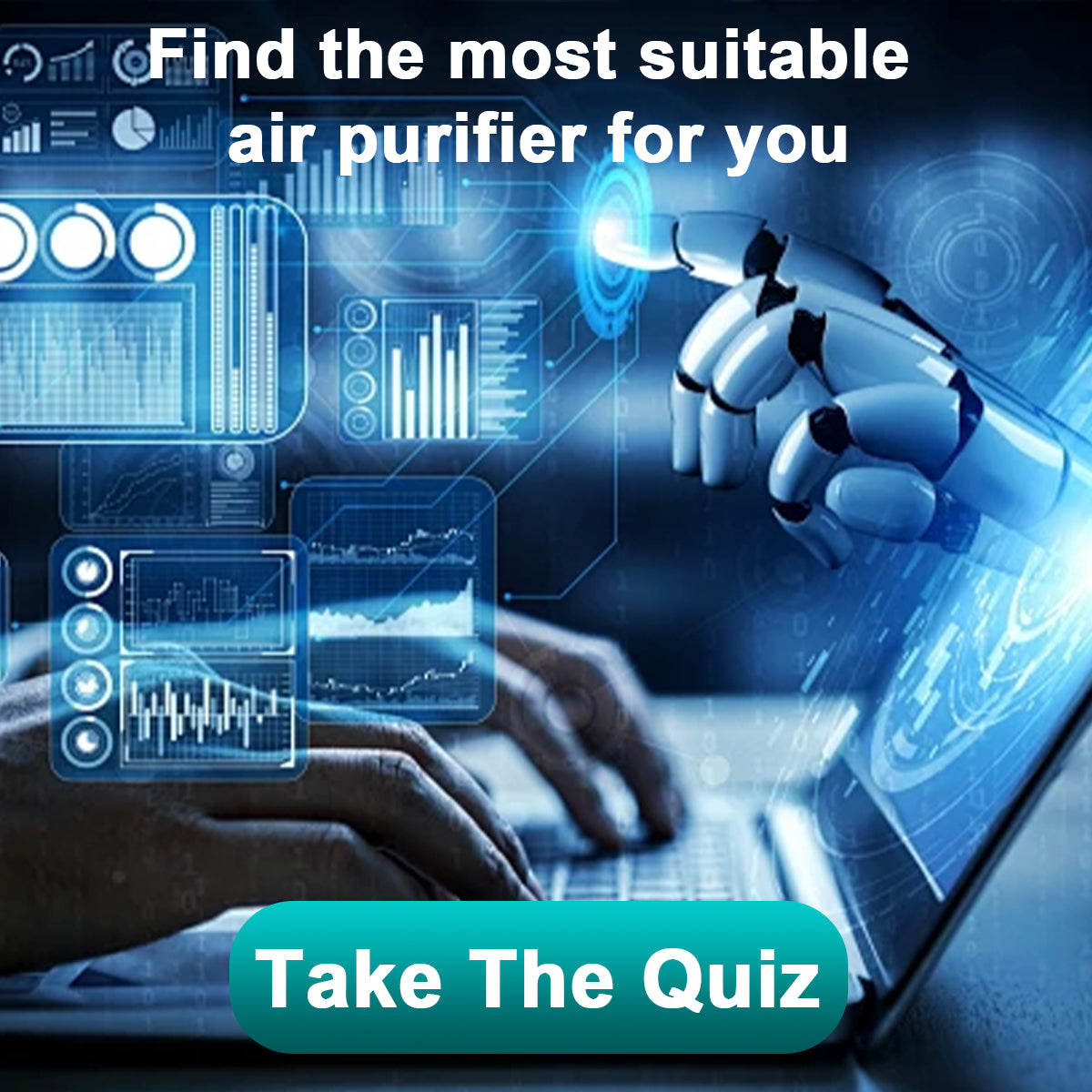
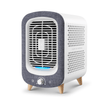
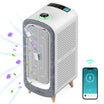
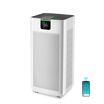
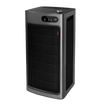
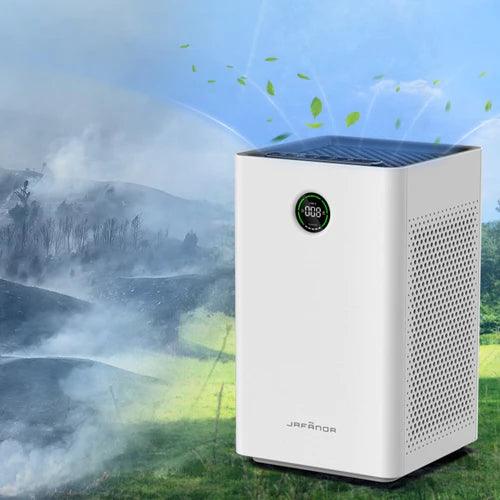
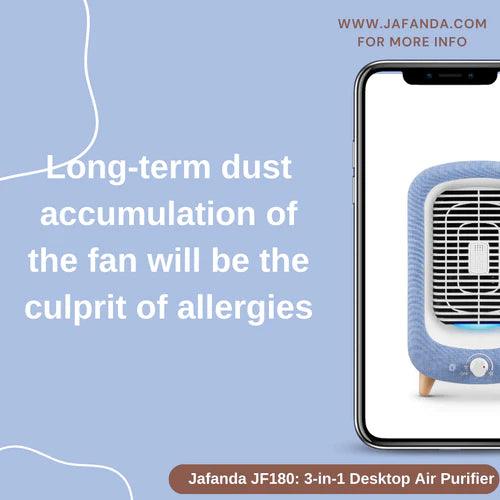
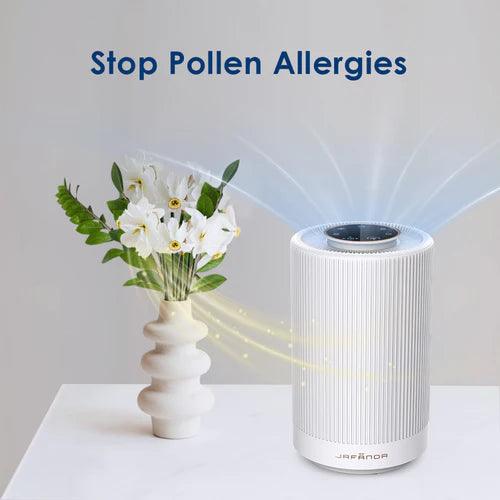
Leave a comment
All comments are moderated before being published.
This site is protected by hCaptcha and the hCaptcha Privacy Policy and Terms of Service apply.